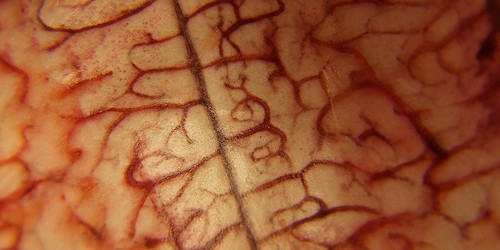The Watchers-3/20/13, NIX

Researchers at Duke University linked brains of rats across continents via internet in a demonstration of what they call the world’s first ’organic computer‘. Surprisingly, rats were able to share sensory information through interfaces developed by researchers and thereby performed simple tasks, trials confirmed with ‘above chance level’ success rates. Neurobiologist Miguel Nicolelis at Duke University Medical Center and his team were inspired by the notion of sensory exchange between brains electronically.
Researchers experimented on sets of rats, they named encoders and decoders. They were going to transmit brain impulses of encoder rats to the decoders and find out if they were able to decode the signals they received. For this purpose, they implanted micro-electrodes in the motor cortex region of these rodents, the brain area responsible for movement and somatosensory cortex, responsible for tactile activities (related to sense of touch). Then they connected the encoders to decoders residing in separate compartments.
For more on this story go to Thewatchers.com

